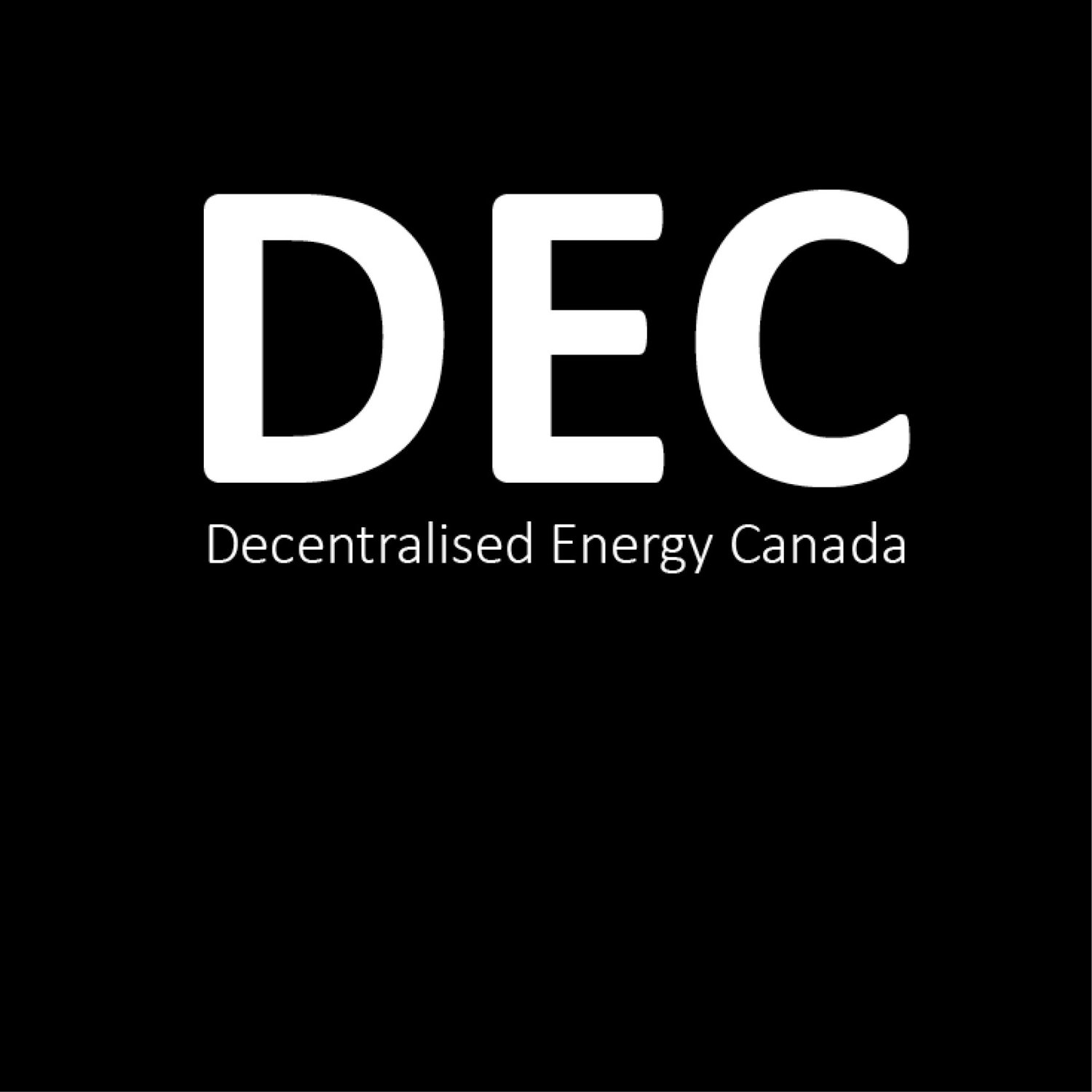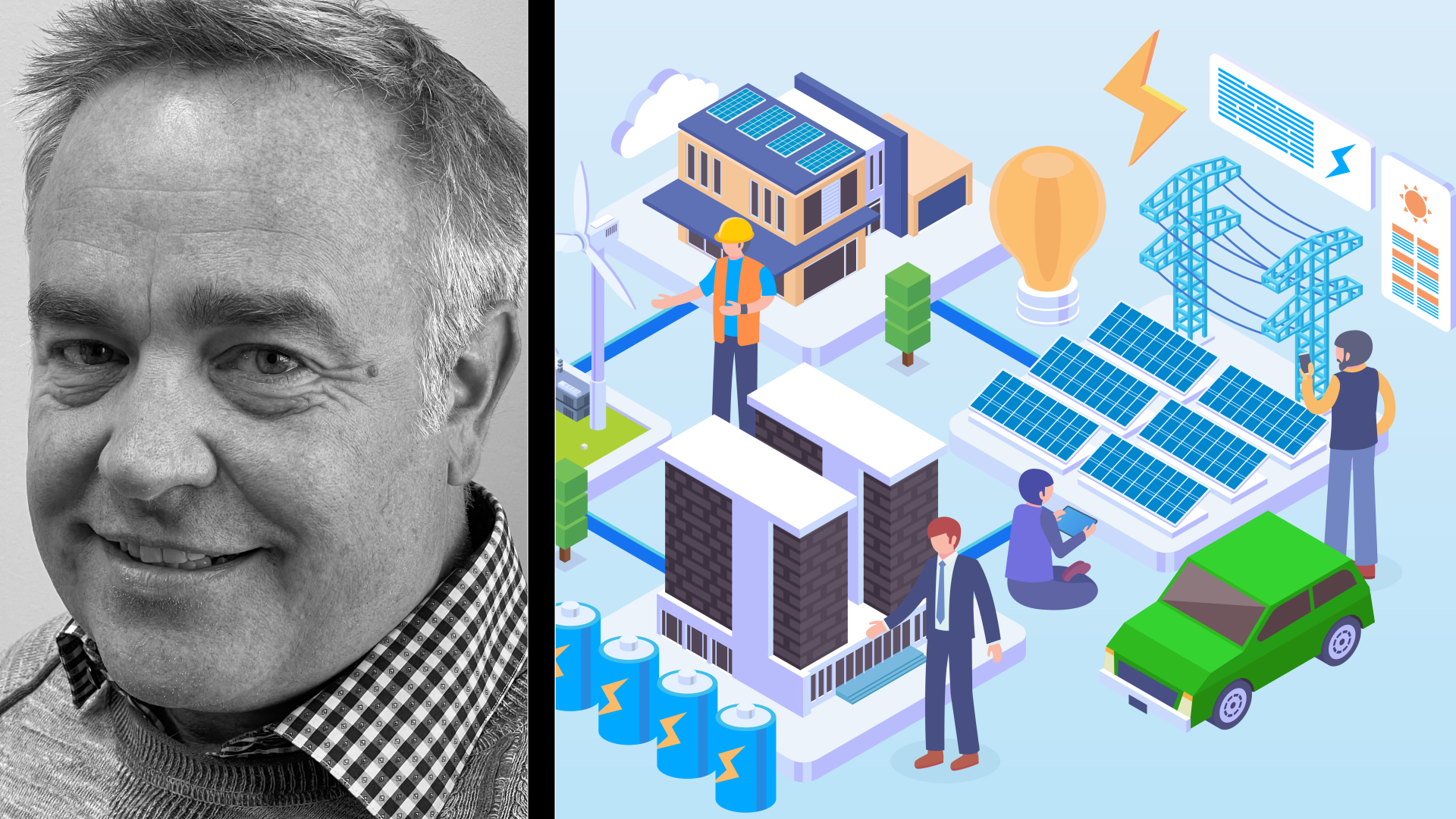Ep. 2 Decentralised Energy for Grid Resilience
Brent Harris, Eguana Technologies - Episode 2
Written by: Amanda Rogers | · DEC · | February 20, 2025
A System on the Verge of Transformation
For over a century, the electricity grid has remained largely unchanged, built on an asset-based model where utilities construct infrastructure, pass costs to ratepayers, and maintain monopoly control over electricity generation and distribution. However, Brent Harris, Chief Operating Officer at Eguana Technologies, believes that the industry is now on the brink of a fundamental transformation driven by decentralised energy and the growing pressures on the grid.
“The way we produce, distribute, and consume electricity has barely evolved since Thomas Edison’s time,” Harris notes. “But that is changing. What we’re seeing now is a shift toward a more dynamic, flexible grid where customers can also become producers.”
Harris traces the key milestones that set the stage for this transition. The deregulation of electricity markets in the 1970s and 1980s allowed independent generators to emerge, breaking traditional monopoly structures. The push toward clean energy in the late 20th century further reshaped the industry, with wind and solar power initially positioned as complementary solutions. However, financial constraints and regulatory inertia led to a reliance on large-scale renewable projects rather than decentralised solutions that placed generation closer to end users.
Today, with the rapid adoption of electric vehicles (EVs), efficiency gains from LED lighting and HVAC upgrades no longer provide enough relief to slow peak load growth. This renewed strain on the grid necessitates a re-evaluation of how energy is produced, stored, and distributed.
The Rise of Decentralised Energy
Decentralised energy (DE) is emerging as a key solution to modern energy challenges. DE refers to localised generation and storage systems, such as residential and commercial solar with battery storage, reducing dependence on distant power plants and vulnerable transmission lines. Harris cites Australia as a global leader in integrating decentralised energy into national energy planning, while other countries remain hesitant to fully embrace the transition.
“The real change happens when decentralised energy isn’t just seen as a pilot project or an experiment, but as a fundamental part of the energy mix,” Harris explains. “Australia is planning its future grid with decentralised energy as a given. Meanwhile, in many other regions, utilities continue to build traditional infrastructure despite knowing the benefits of decentralised energy.”
The advantages of DE are clear: increased grid resiliency, reduced transmission losses, and the ability to shift energy consumption away from peak demand times. Harris emphasises that deploying storage incrementally at the residential and commercial level can optimise grid performance by flattening demand spikes, reducing the need for costly infrastructure upgrades with long equipment lead times, and avoiding big bets on future demand.
Harris iterates that power grid stability depends on balancing supply and demand. Decentralised energy solutions provide the necessary flexibility to achieve this balance, ensuring energy security and efficiency.
Shifting Business Models and Regulatory Challenges
While decentralised energy is gaining traction, many regulatory and market barriers remain. Historically, energy markets categorised participants as either electricity generators or consumers, with regulations tailored to these two roles. The rise of energy storage blurs these distinctions, creating legal and economic challenges for utilities.
“Right now, in many jurisdictions, if you install a battery system, you’re treated as both a generator and a consumer,” Harris explains. “That means your interconnection is billed twice—once when you charge the battery and again when you discharge it to the grid. That’s a structural issue that needs to be addressed if we want to get the most out of these technologies.”
One of the biggest regulatory hurdles is whether utilities should be allowed to own energy storage assets. In many regions, regulations prevent transmission and distribution operators from delivering market services from energy storage assets that they own, limiting the potential for integrated, grid-wide storage solutions. Harris believes that utilities should use their access to capital to play a role in deploying storage, not just depending on individual customers or private companies to invest.
“If storage is going to work as a grid asset, utilities need to be involved,” he asserts. “They should be able to own and operate storage systems to provide resiliency services to the grid, rather than relying entirely on private homeowners or businesses.”
Energy Security, Affordability, and Resiliency
Aging infrastructure remains a significant barrier to energy security. The lack of investment in modernisation has left many regions vulnerable to failures, particularly during extreme weather events. Harris points to California’s response to wildfire risks—proactively shutting off power during high-risk conditions—as a stark example of grid fragility.
“This reliance on long transmission lines for reliability is a bad bet,” he warns. “We’re seeing utilities in California shut down power to entire regions during high wind events to prevent wildfires. That’s a blunt, reactive solution that impacts millions of people. Instead, we should be designing the grid with more localised resilience.”
With microgrids and decentralised energy, communities could sustain themselves independently during disruptions, reducing reliance on centralised generation and long-distance transmission. Harris sees a future where each segment of the grid can function as a self-sufficient microgrid, connected to the larger system but capable of independent operation when needed.
Key Milestones in the Energy Transition
Reflecting on pivotal moments in the energy transition, Harris highlights:
The introduction of independent power producers in the 1970s and 80s, which opened up competition in electricity generation.
The Kyoto Protocol in 1998, which accelerated global discussions on reducing greenhouse gas emissions and opened the door to advanced technology innovation in the utility sector.
Advancements in power electronics and digital signal processing in the early 2000s, which enabled the productisation of utility-grade generators, introducing manufacturing economics to the utility sector
The rise of lithium-ion batteries in the late 2000s, driven by the electric vehicle industry, which significantly reduced energy storage costs.
The Role of Key Stakeholders
Harris emphasises that decentralised energy isn’t just about technology—it’s about people. Tradespeople and technicians will be essential in deploying and maintaining decentralised energy systems. “The biggest constraint right now isn’t technology—it’s workforce development,” he says. “We need more skilled electricians and technicians trained in energy storage and distributed generation.”
Homeowners also play a vital role in the transition. As the energy system evolves, residential properties will increasingly contribute to the reliability of the grid they depend on. With increasing adoption of electric vehicles, solar panels, and battery storage, homes will become integral to grid stability. The more households integrate these technologies, the more resilient and reliable our power supply will become.
Meanwhile, grid operators must adapt to managing a more complex, decentralised system. Harris envisions a future where a system operator balances energy supply and demand across a distributed network, moving away from the traditional top-down utility model.
Eguana Technologies: A Story of Innovation
Eguana Technologies has been at the forefront of decentralised energy solutions since its founding in 1998. Initially focused on hydrogen fuel cell systems, the company now integrates complete battery storage systems, based on its proprietary power electronics, networked together to deliver grid services using its cloud-based fleet management software.
“We started with the idea of decentralising power generation,” Harris recalls. “Over the years, we’ve built out a full-stack solution that allows utilities to manage decentralised energy assets as a fleet, providing stability and optimisation at scale.”
Eguana now enables utilities to deploy residential and commercial energy storage solutions that can be managed dynamically in response to grid conditions. Harris believes this model will continue to gain traction as decentralised energy becomes a cornerstone of the modern electricity system.
The Road Ahead
The future of energy is no longer a question of if the grid will change, but how fast. While regulatory hurdles remain, the economic and technical advantages of decentralised energy are becoming impossible to ignore. As more regions recognise the need for flexible, modular energy solutions, the adoption of decentralised energy systems will accelerate.
“The old model of building massive infrastructure projects with 10-to-15-year lead times based on 40-to-50 year forecasts doesn’t work anymore,” Harris states. “With decentralised energy, we can take an incremental, adaptive approach—installing the latest technology every year, responding to market needs in real time.”
As the industry shifts toward a smarter, more resilient grid, companies like Eguana Technologies are leading the way, demonstrating that the grid of the future isn’t just about keeping the lights on—it’s about optimising energy for a rapidly evolving world.

